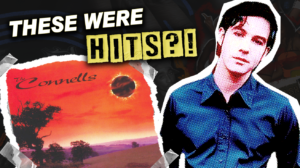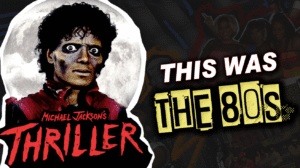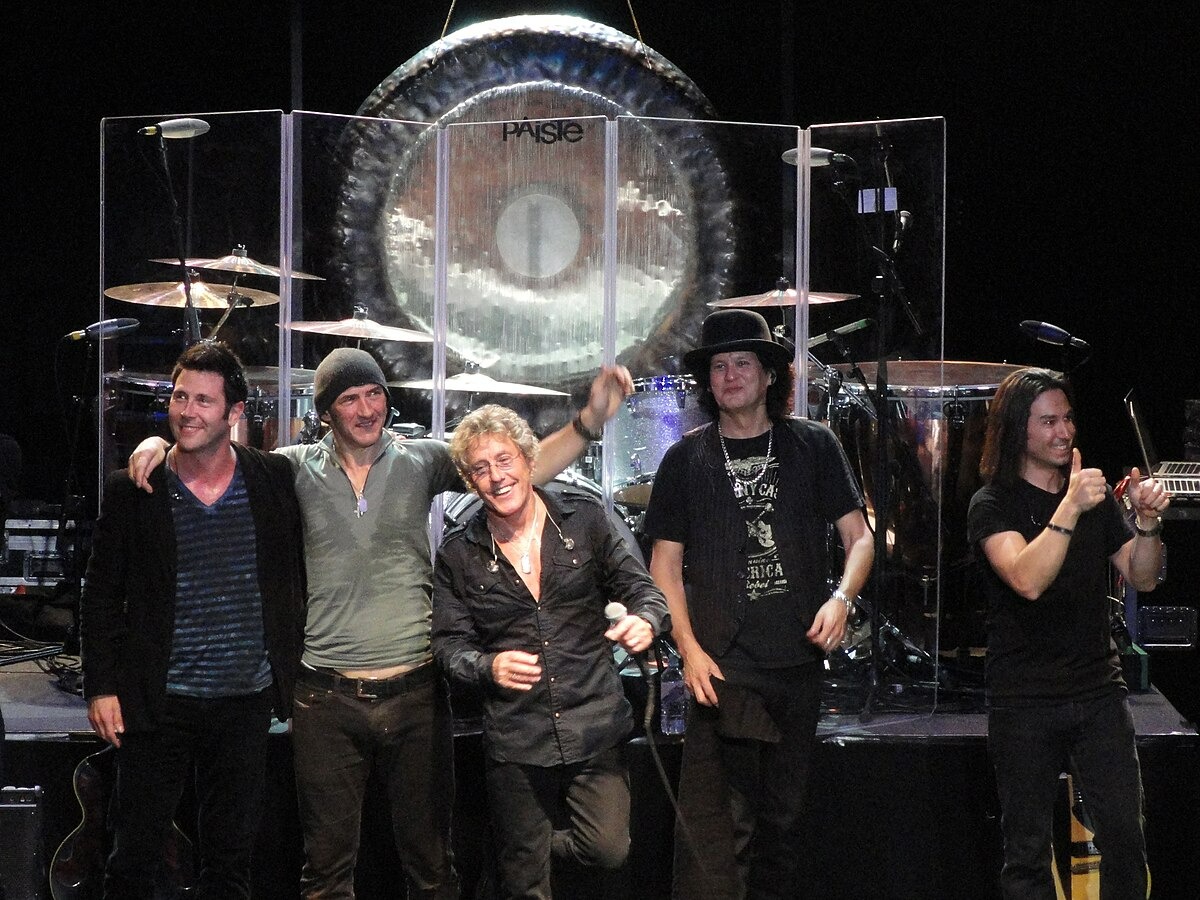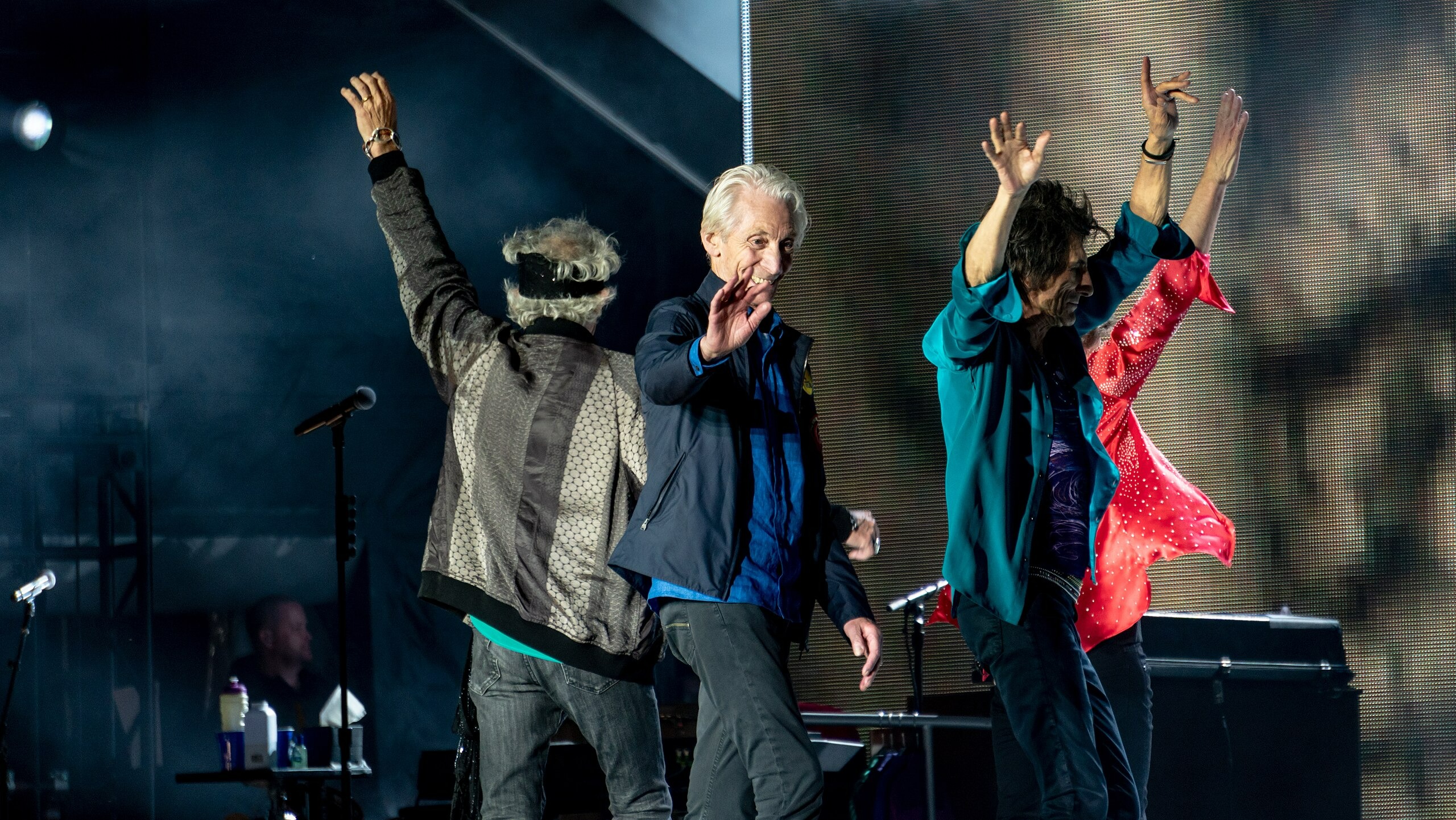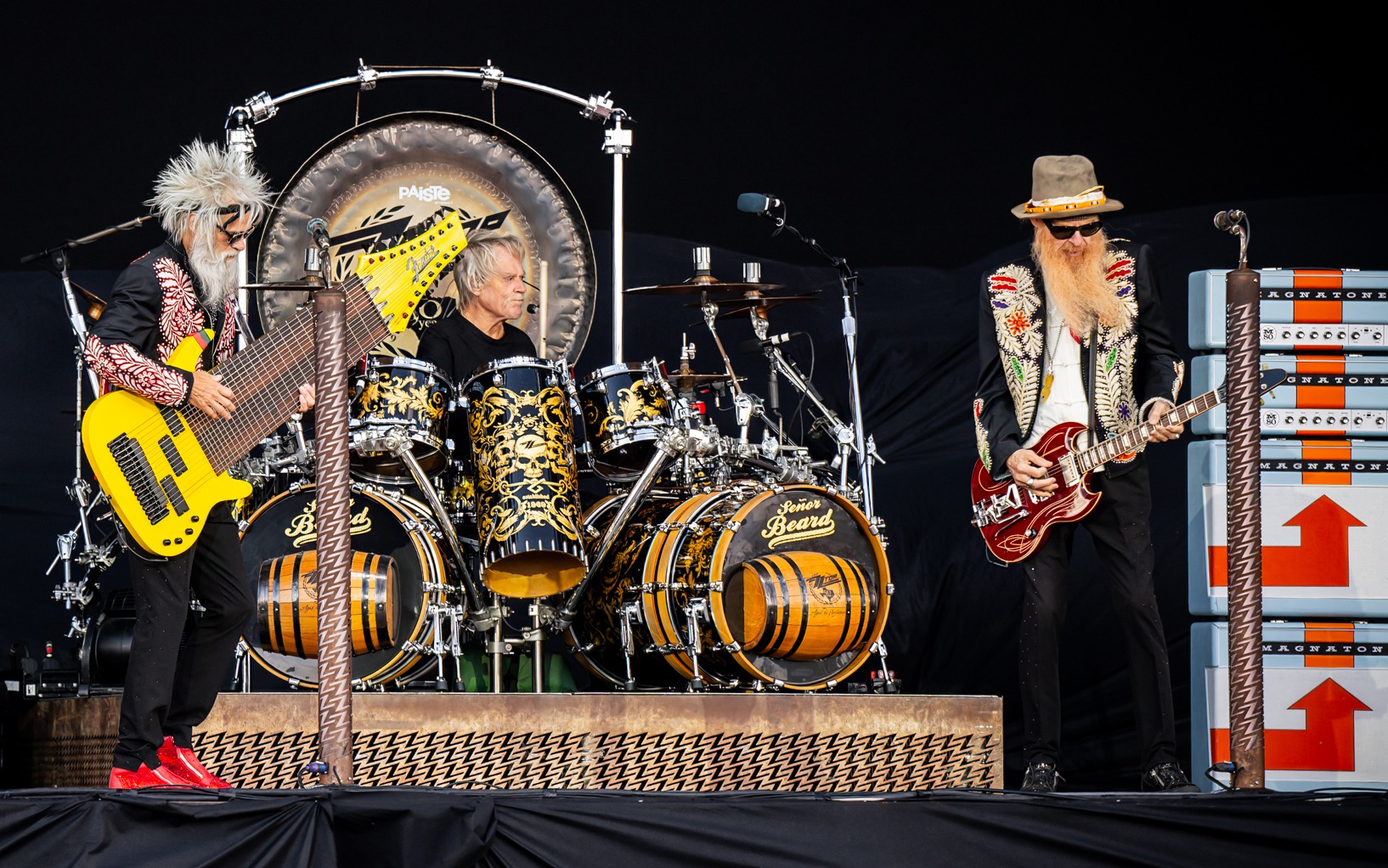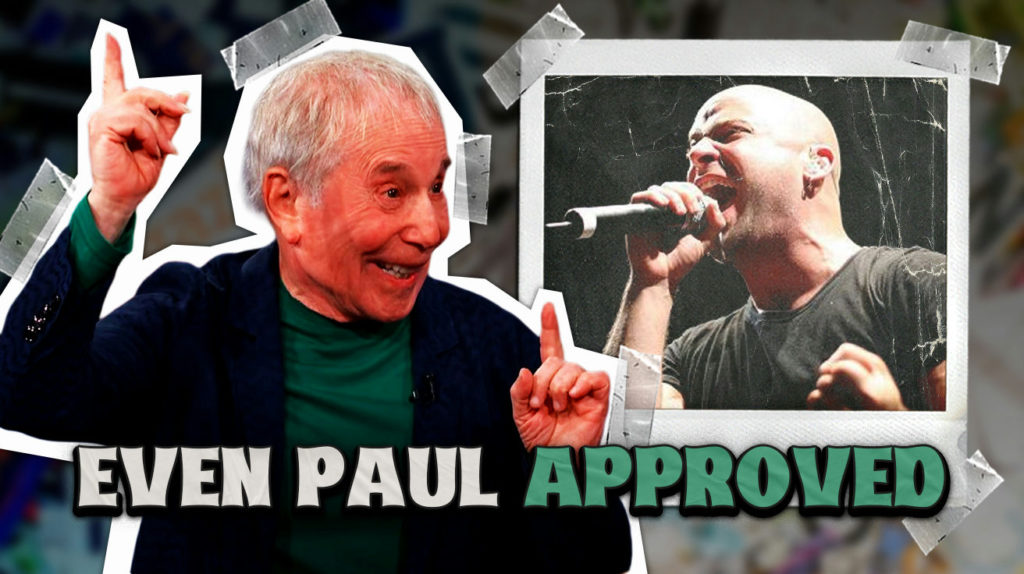
Metal covers don’t just crank the volume—they perform sonic surgery on familiar songs. You know that moment when a band takes something you’ve heard a thousand times and makes it unrecognizable yet somehow more itself than ever? These steel-forged reimaginings serve as musical translators, converting pop and folk into thunderous new dialects that speak to entirely different crowds.
Original artists gain renewed relevance while metal bands flex their versatility beyond blast beats and breakdowns. Plus, those royalty checks keep everyone’s lights on. The 1970s through 2010s witnessed metal’s gradual mainstream acceptance, with covers serving as Trojan horses that smuggled extreme music into unsuspecting radio playlists and streaming queues.
8. Fear Factory – Cars (Gary Numan)

Industrial precision merged with electronic pioneering when Burton C. Bell’s mechanical vocal delivery met Gary Numan’s futuristic vision. Recording at various Los Angeles studios, the band used drum machines and heavily processed guitars to create rhythmic patterns that complemented rather than competed with Numan’s original synthesizer work. Bringing Numan himself into the studio as guest vocalist created an unprecedented collaboration between electronic music’s past and metal’s technological future.
Studio experimentation focused on creating seamless integration between organic and programmed elements, with producer Ross Robinson encouraging the band to embrace the song’s inherent mechanistic themes. This production approach pioneered industrial metal as a legitimate subgenre while proving how electronic music could enhance rather than replace traditional metal instrumentation.
7. Disturbed – The Sound of Silence (Simon & Garfunkel)
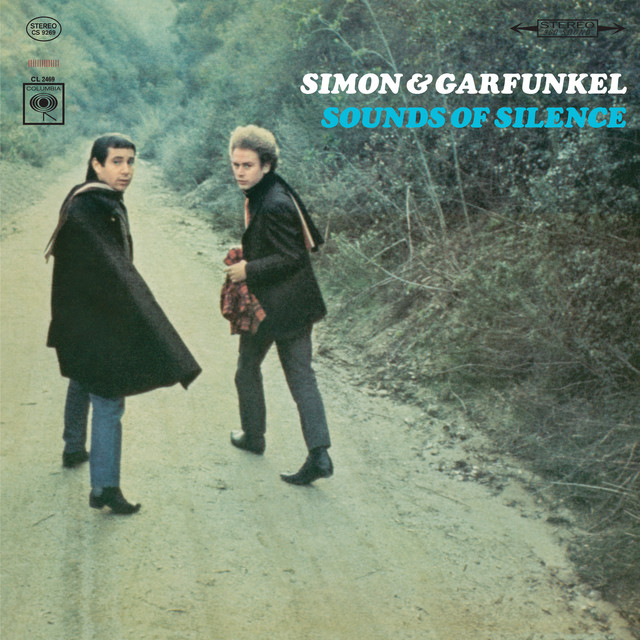
Orchestral arrangements transformed whispered folk meditation into operatic proclamation through producer Kevin Churko’s layered approach. Recording sessions at The Hideout in Las Vegas featured live string sections and choir arrangements that built from intimate piano to symphonic crescendo, requiring David Draiman’s vocal performance to span multiple takes to capture the dynamic range needed for this ambitious reinterpretation.
Reaching #42 on the Hot 100 and accumulating over a billion YouTube views, this cover achieved something unprecedented: making metal palatable to adult contemporary radio while maintaining artistic integrity. Paul Simon’s public praise after the Conan O’Brien performance validated metal’s capacity for emotional nuance, effectively helping shift cultural perceptions about the genre’s artistic legitimacy.
6. Judas Priest – Diamonds and Rust (Joan Baez)

Folk poetry meets operatic metal through Rob Halford’s soaring vocal interpretation of Joan Baez’s intimate Dylan meditation. Recording at Ramport Studios in 1977, the band used twin guitar harmonies and driving rhythms to create fascinating tension with Baez’s introspective lyrics about lost love. Producer Roger Glover encouraged the band to maintain the song’s poetic integrity while wrapping it in their signature leather-and-chrome aesthetic.
This unexpected pairing introduced sophisticated songwriting to headbangers while revealing metal’s capacity for emotional nuance beyond aggression. The cover solidified metal’s credibility as a legitimate interpretive medium during the genre’s formative years, proving that heavy music could handle delicate subject matter without losing its essential power.
5. Metallica – Am I Evil? (Diamond Head)
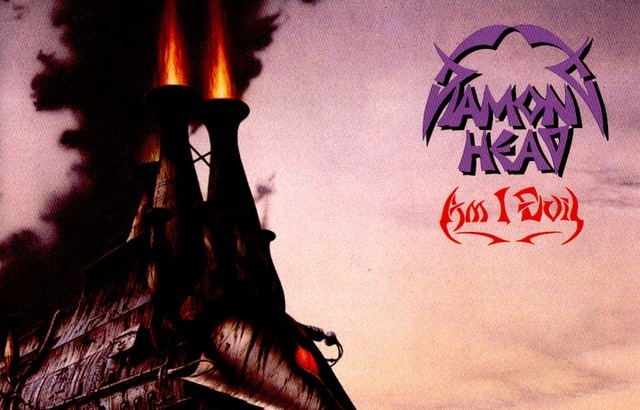
Cultural archaeology transformed an obscure NWOBHM track into metal’s most influential cover through strategic exposure and relentless touring. Initially recorded as a B-side for “Creeping Death” in 1984, the track gained prominence through Metallica’s live performances and eventual inclusion on ‘Garage Inc.’ The band’s massive platform introduced Diamond Head to millions who never would have discovered the original New Wave of British Heavy Metal scene.
Recording sessions emphasized the song’s inherent aggression through tighter production and Lars Ulrich’s more precise drumming. This cover established the template for metal bands honoring their influences while surpassing them in reach and impact, creating a blueprint for how underground scenes could gain mainstream recognition through strategic advocacy.
4. Type O Negative – Cinnamon Girl (Neil Young)
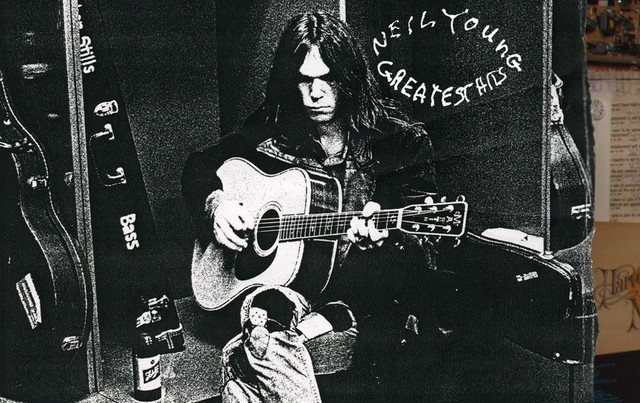
Gothic doom meets prairie rock in this atmospheric transformation that redefined how metal could approach folk classics. Recording at Morrisound Studios, Peter Steele layered his cavernous baritone over deliberately reverb-drenched guitars that stretched each chord into cathedral-sized spaces, while the band’s decision to halve the original’s tempo created an entirely new emotional landscape where Neil Young’s youthful longing became middle-aged melancholy.
Studio engineer Jim Morris captured Steele’s vocals with vintage Neumann microphones, emphasizing the natural resonance that made his voice sound like it was emanating from some underground chamber. These production choices cemented Type O Negative’s reputation as pioneers of atmospheric metal, proving that heaviness could emerge from space and silence rather than relying solely on volume and speed.
3. Whitesnake – Ain’t No Love in the Heart of the City (Bobby “Blue” Bland)
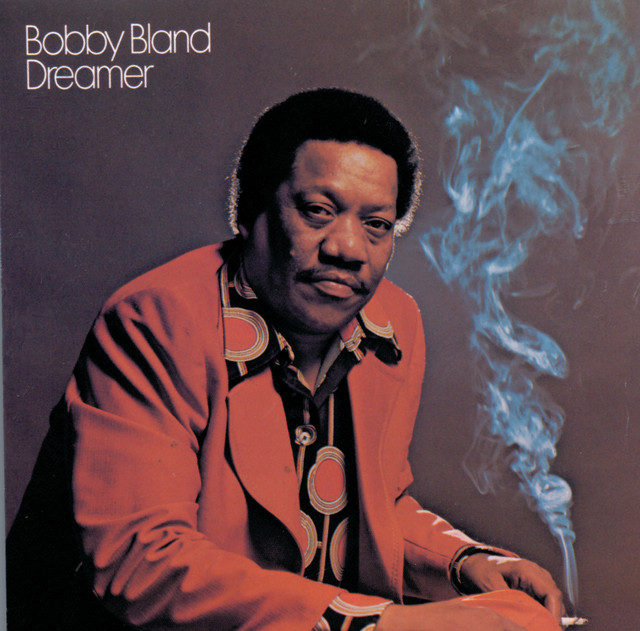
Arena-ready dynamics transformed an intimate blues lament into a stadium-shaking spectacle through David Coverdale’s theatrical vocal approach. Recording at Central Recorders, the band used layered guitar arrangements and thunderous drum production to amplify the original’s emotional desolation. Producer Martin Birch emphasized the song’s natural dramatic arc, building from sparse verses to explosive choruses that showcased Whitesnake’s arena rock ambitions.
Live performances became the song’s true laboratory, with each concert allowing the band to refine their theatrical interpretation. This approach helped bridge the gap between blues authenticity and metal spectacle, establishing a template for how metal could honor its blues roots while creating something entirely new for contemporary audiences.
2. Metallica – Turn the Page (Bob Seger)
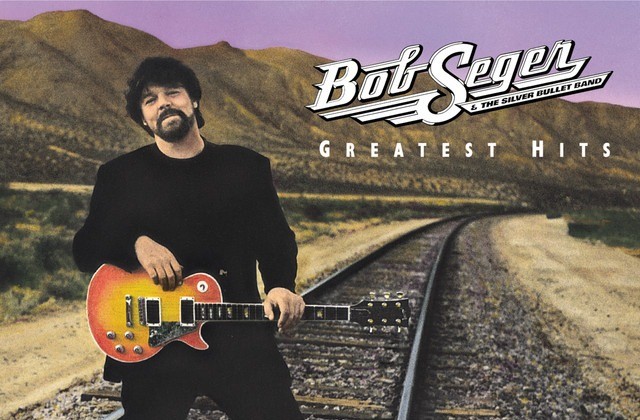
Kirk Hammett’s slide guitar work replaced Bob Seger’s iconic saxophone through careful studio experimentation at Plant Studios. Producer Bob Rock encouraged Hammett to study the original sax lines note-by-note before translating them to the fretboard, maintaining the melodic essence while adding a metallic edge, as James Hetfield’s weathered vocal delivery required multiple sessions to capture the road-weary exhaustion that matched Seger’s original narrative.
Dominating Billboard’s mainstream rock tracks for 11 consecutive weeks, this cover demonstrated metal’s ability to intensify existing emotional content rather than simply adding volume. The success transformed covers into legitimate artistic statements rather than mere novelties, encouraging other metal bands to explore their own interpretative projects.
1. Anthrax – Carry On Wayward Son (Kansas)

Thrash precision meets progressive complexity in drummer Charlie Benante’s most technically ambitious cover arrangement. Producer Jay Ruston preserved every intricate Kansas keyboard flourish within Anthrax’s aggressive framework, using layered guitar harmonies to replace the original’s symphonic elements while the band recorded multiple guitar tracks to maintain the song’s compositional sophistication.
Recording at studios in New York, Anthrax proved that metal’s technical virtuosity could honor rather than simplify complex source material. This approach won over prog rock fans who previously dismissed the genre as simplistic noise, subsequently opening doors for later technical metal movements that would fully embrace musical complexity.




